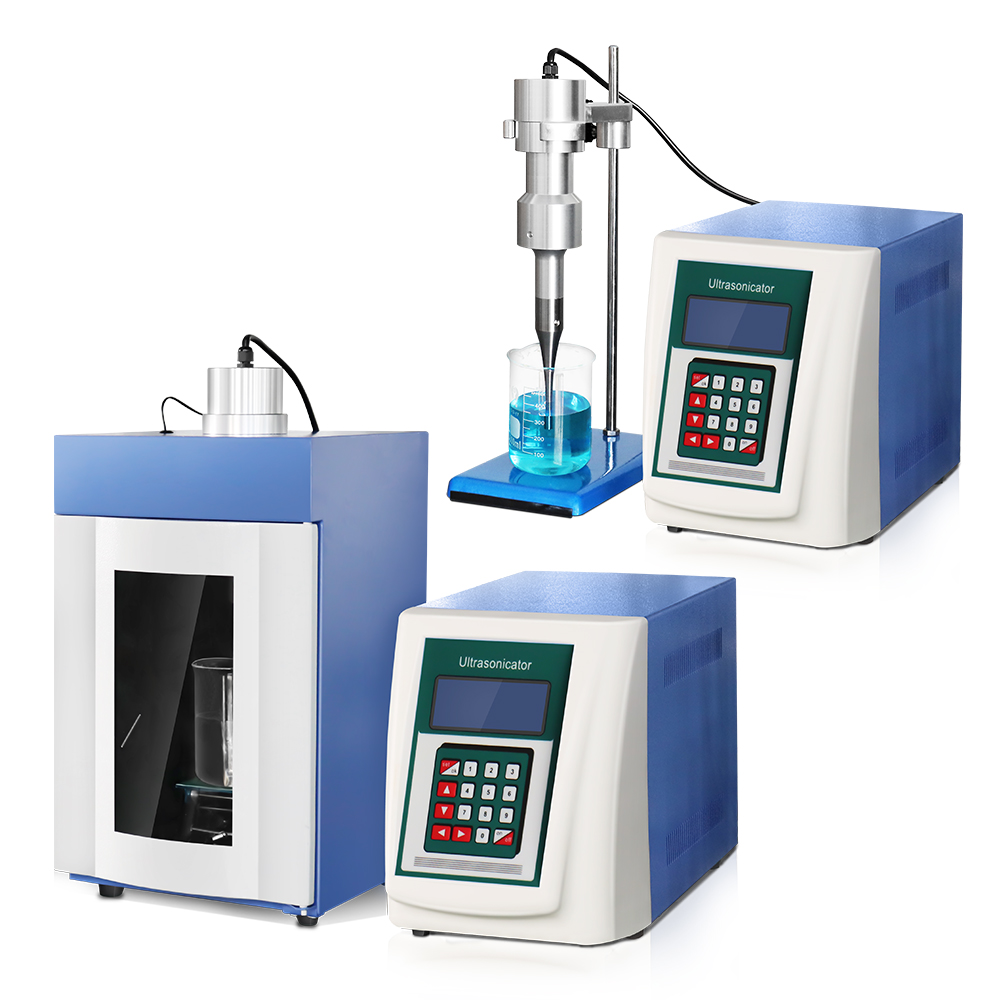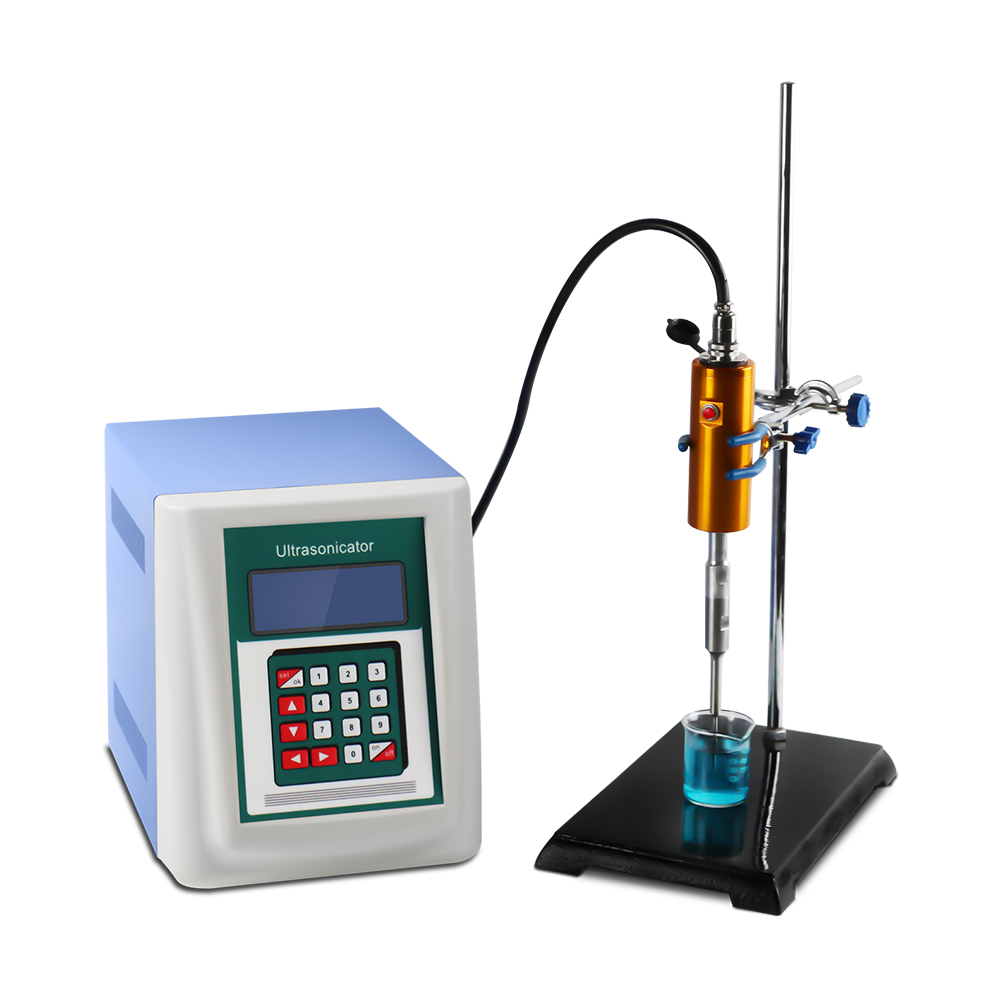In modern scientific research, the innovation of experimental instruments constantly drives the progress of science. As one of the important equipment, ultrasonic crushers are widely used in fields such as biology, chemistry, and materials science due to their high efficiency, precision, and versatility. This article will introduce the working principle, main applications, and importance of ultrasonic crushers in scientific research.
The working principle of ultrasonic crusher
The ultrasonic crusher utilizes the cavitation effect of ultrasonic waves for sample processing. When high-frequency ultrasound passes through a liquid medium, a large number of tiny bubbles are generated in the liquid. These bubbles rapidly grow and suddenly rupture under the action of ultrasound, generating local high temperature and high pressure, thereby subjecting the particulate matter in the liquid to strong shear and impact forces. This effect can be used to break cells, disperse nanomaterials, accelerate chemical reactions, and so on.
The main applications of ultrasonic crushers
Cell fragmentation and protein extraction: Ultrasonic fragmentation equipment is widely used in biological and medical research to break cell walls and membranes, thereby releasing biological macromolecules such as proteins and nucleic acids inside cells. Compared to traditional mechanical crushing methods, ultrasonic crushers have higher efficiency and can maintain the activity and integrity of samples.
Preparation and dispersion of nanomaterials: In materials science, ultrasonic crushers are used to disperse nanoparticles, making them evenly distributed in solution and avoiding aggregation. This is of great significance for the preparation of high-performance nanocomposites. In addition, ultrasound can also be used to synthesize nanomaterials, accelerate reaction rates, and control particle size.
Acceleration of chemical reactions: The cavitation effect of ultrasound can increase the rate of chemical reactions, reduce reaction temperature and time. For example, in organic synthesis, ultrasound assisted reactions have become a green and efficient method that can reduce solvent usage and environmental pollution.
Food industry and environmental protection: In the food industry, ultrasonic crushers are used to extract natural products, improve food texture, sterilize, etc. In the field of environmental protection, ultrasound has significant effects on wastewater treatment, soil remediation, and other aspects.
The Importance of Ultrasonic Crusher in Scientific Research
The emergence and application of ultrasonic crushers have greatly improved research efficiency and experimental quality. Its unique working principle and wide range of applications make it an indispensable tool in the laboratory. The following points further highlight its importance in scientific research:
Efficiency: The ultrasonic crusher has a fast processing speed for samples and can complete the processing of large quantities of samples in a short period of time, saving experimental time.
Accuracy: Compared to traditional mechanical methods, ultrasonic crushers can accurately control the energy input during the processing, ensuring consistency and repeatability of sample processing.
Multifunctionality: Ultrasonic crushers are not only used for crushing and dispersion, but also for extraction, synthesis, and auxiliary chemical reactions, with broad application prospects.
In short, ultrasonic crushers are becoming a powerful tool in the hands of researchers due to their high efficiency, precision, and versatility. With the continuous development and improvement of technology, the application of ultrasonic crushers will be more extensive and in-depth, bringing more possibilities for scientific research.


Post time: Jun-26-2024





